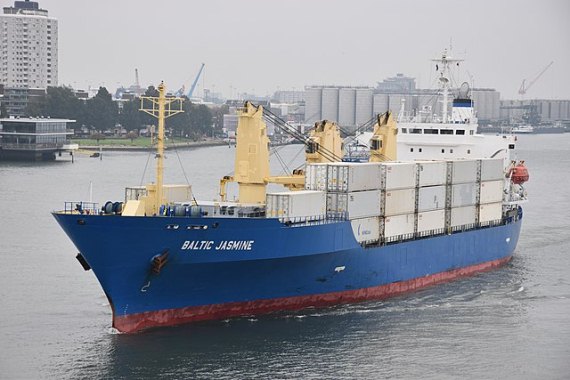-
A combination of buoyant cargo growth and tight capacity conditions will continue to support reefer container freight rates through 2022
-
Pricing recovery has been particularly strong on the main East-West routes, where vessel capacity has been tight
- Perishables trade in 2020 was particularly impacted by a shuttered hospitality sector, while Covid-19 containment measures cut crop production and fish catches
-
Seaborne reefer traffic expanded 4.8% in the first half of the year compared to a year ago
Reefer container freight rates have risen sharply through 2021 and will continue to rise further in 2022, supported by capacity issues and supply chain disruptions, according to a new forecast from Drewry.
The maritime consultancy’s Global Reefer Container Freight Rate Index—a weighted average of rates across the top 15 reefer intensive deep-sea trade routes—rose 32% over the year to the second quarter of 2021.
By the end of the third quarter, these gains could reach as much as 50%, predicts the Reefer Shipping Annual Review and Forecast 2021/22 report.
But Drewry said these advances are dwarfed by the recent surge in dry container freight rates which have seen average container carrier unit revenues more than double over the same period.
“A combination of buoyant cargo growth and tight capacity conditions will continue to support reefer container freight rates and specialised vessel charter earnings,” said Drewry’s head of reefer shipping research Philip Gray.
“However, charter rates for larger reefer vessels that have been in particularly high demand of late are expected to wane as capacity conditions ease.”
The resurgence in reefer freight rates has not been uniform across all trades. Pricing recovery has been particularly strong on the main East-West routes, where vessel capacity conditions have been tight. But North-South trades have generally seen less price inflation, Drewry observed.
And while dry container freight rates are expected to decline in 2022 as trade conditions normalize, reefer container freight rates should continue rising, said Gray. “Most reefer cargo on these trades moves on long term contracts.”
Reefer freight rate inflation is being driven mainly by capacity issues, as perishables shippers compete with dry freight shippers for scarce containership slots. Another driver is the continued disruption across container supply chains, which has led to acute shortages of reefer container equipment.
Drewry said these conditions are short term and will self-correct as trade normalizes from mid-2022. However, reefer container equipment availability will remain an issue for certain trades during their peak seasons, as the global fleet won’t be able to keep pace with rising cargo demand despite record output of newbuild containers.
Hence, despite a 0.4% decline in global seaborne perishables trade in 2020 to 132 million tonnes, containership reefer liftings advanced 0.3% to 5.4 million TEUs. Further modal share gains and buoyant cargo demand will see containerized reefer traffic expanding faster than dry cargo trade from 2022.
The contraction in overall seaborne perishables trade in 2020 was much milder than for dry cargo, demonstrating the stronger resilience of reefer trades to economic shock, said Drewry.
The perishables trade was particularly impacted by a shuttered hospitality sector which reduced demand for deciduous fruit, fresh vegetables and frozen potatoes, while Covid-19 containment measures cut crop production and fish catches.
Meanwhile, an outbreak of fusarium TR4 disease in the Philippines weakened growth in banana trades. But cargo demand was supported by a booming pork trade, owing to African Swine Fever-driven imports into China.
Seaborne reefer traffic expanded 4.8% through the first half of 2021 year-on-year, led by meat, citrus and exotics trades, but it will not match the expansion rate of dry cargo through the remainder of the year as it is not recovering from as deep a contraction in 2020.
Photo by N. Johannes





